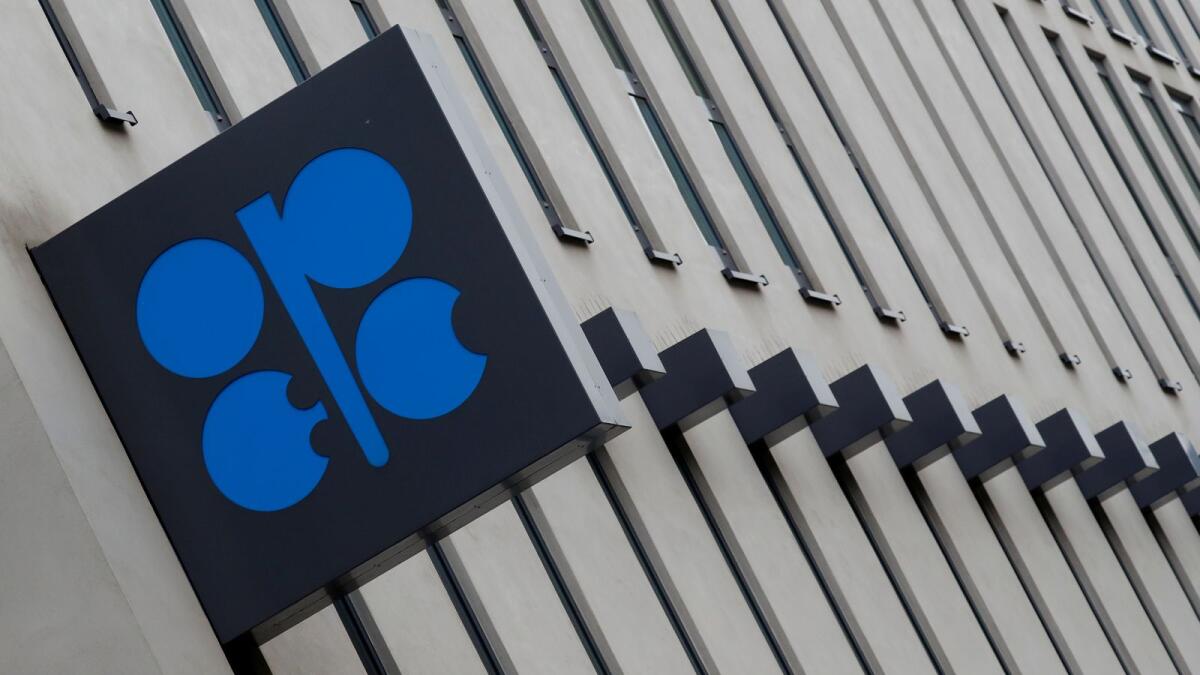Saudi Arabia and its OPEC⁺ allies are facing a critical decision in the coming weeks as they must determine whether to proceed with planned production increases from October or postpone them due to uncertainties in the economic outlook. The recent decline in Brent futures prices, calendar spreads, and refinery margins, along with concerns about petroleum consumption, highlight the risks associated with making the wrong decision. Boosting production amidst downward revisions to consumption growth and increased output from competitors could lead to a surplus in inventories and a drop in prices. On the other hand, postponing the production increases may result in conceding market share to western hemisphere rivals and the possibility of some OPEC⁺ members increasing output independently.
Planned output targets have been set in place since late 2022, with OPEC⁺ members enforcing multiple tranches of production cuts to reduce excess petroleum inventories and stabilize prices. The planned increases in production are contingent on market conditions and could be modified or postponed in light of recent concerns about the global economy and oil demand. Despite the planned production increases, key price indicators have weakened significantly since the provisional decision to boost production was made in June 2024, suggesting a rough balance between production and consumption currently exists.
Commercial stocks of crude and refined products in OECD countries were 120 million barrels below the ten-year seasonal average at the end of June, signaling a deficit in inventories compared to historical levels. The deficit has almost doubled since November 2023, indicating a trend towards a tighter market. U.S. commercial crude inventories have continued to decline over recent weeks, further supporting the narrative of a tightening market. Refineries in Texas and Louisiana along the Gulf of Mexico have experienced significant inventory decreases, adding to evidence that global supplies are tightening.
Portfolio investors have reduced their combined position in crude and fuels to some of the lowest levels since 2013, suggesting increased uncertainty about the global economic outlook and oil consumption. Hedge funds and money managers have decreased their positions recently, likely in response to market uncertainties. OPEC⁺ must consider these tactical factors along with the broader economic outlook for the remainder of 2024 and 2025 when making decisions about production increases. Global manufacturing and freight activity have slowed since April, leading to slower petroleum consumption growth than anticipated earlier in the year.
The looming question for OPEC⁺ is whether to focus on the current economic softening, which may favor postponing production increases, or the anticipated stimulus and recovery, which could lead to faster oil consumption and support production increases. The cautious approach would involve waiting for economic recovery and rising oil prices before proceeding with production increases. However, a more optimistic view on the economic and consumption outlook may prompt the group to move forward with production increases, challenging the skepticism of hedge funds. Ultimately, OPEC⁺ must weigh these strategic choices carefully in the coming weeks to navigate the uncertainties and risks in the global oil market.











